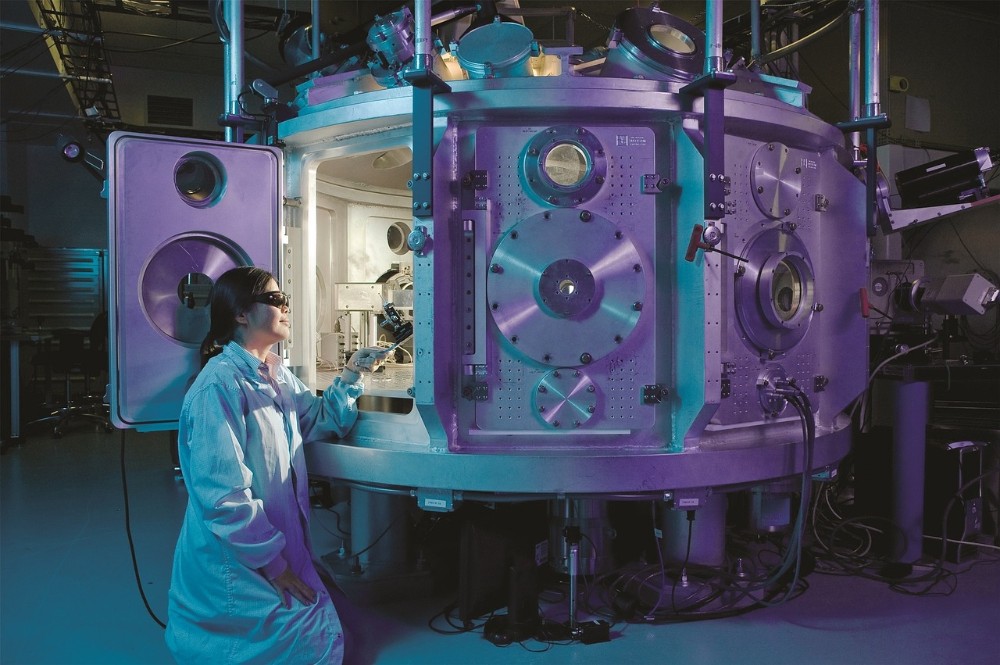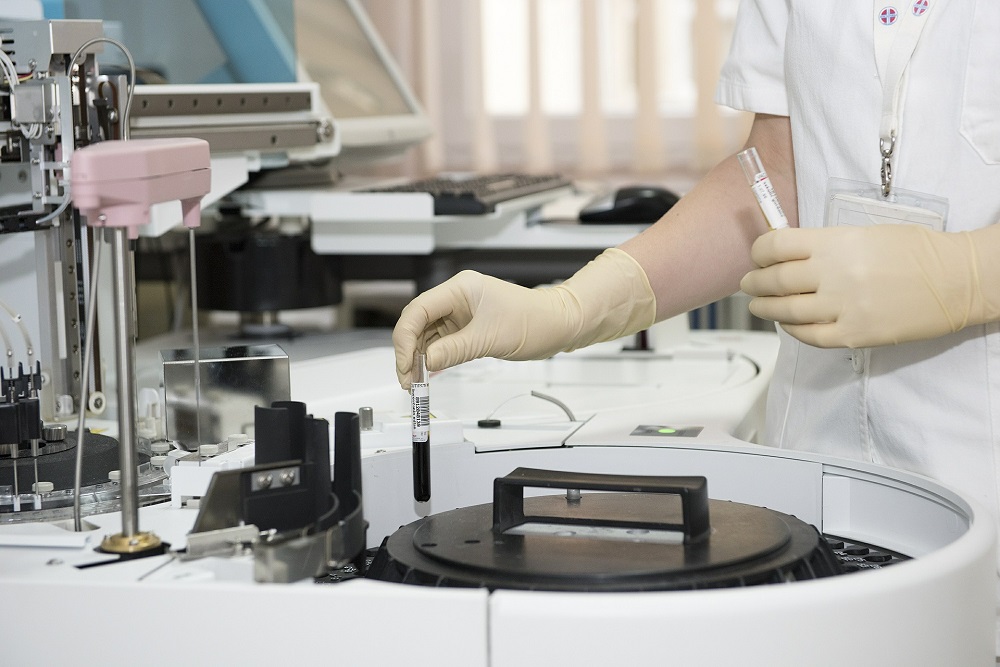Research should put into consideration sex and gender during their research. Failure to do this in the past has led to biased data that has resulted in unintended results.
The 150th-anniversary edition of nature has an interesting article that tries to examine the importance of sex and gender in scientific studies. The report follows research from 5 experts who argue that these factors are mostly ignored.
Sex, in this case, will refer to the biological attribute used to distinguish between males, females and intersex. The gender refers to psychological, social and cultural factors that affect how an individual identifies in a society.
The article concludes that when scientists put into consideration the sex and gender, the research is not biased, improved experimental results and create opportunities for discovery and innovation.
The need for sex and gender considerations
There is also the aspect of how different sex and genders react to specific changes in environmental conditions such as climate change. The article has examined data and noted that males and females perceive a shift in climate differently.
The research on robotics and artificial intelligence also has a lot to consider when implementing gender-specific functionalities to their algorithms. A good case scenario highlighted by nature article is the identification of genders.
Data shows that gender identifying system misclassifies the sex of darker-skinned women at a higher rate than lighter-skinned men. These should not be the case if sex and gender studies are applied in development.
Co-author Dr. Robert Ellis, of the University of Exeter, noted that this mistake is very prevalent in the scientific community. He continued by saying,
We need to include this at every level of research and in everything we do or provide robust scientific justification as to why sex or gender are unimportant, based on experimental evidence.
Ellis, however, indicated that things were slowly improving and gave an example of the first car crash tests, which only involved men. The results were that the safety measures for cars were not built for women. These resulted in the number of severe injuries and fatalities among women being 47 percent higher than men. These, however, have been rectified over time and these numbers have reduced to almost negligible.
The article focused on marine science, biomedicine, robotics, and artificial intelligence during the study. The authors noted that what they observed in these fields was something universal in other areas of study and argued that this might cause bias in scientific data.
The paper’s main target was to promote transparency and ensure that researchers are made aware of biases if sex and gendered are not put into considerations. The paper is optimistic that more resources and focus will go into understanding sex and gender. Integration of sex and gender into scientific studies can improve their excellence and social responsibilities in research.
featured image Pixabay







